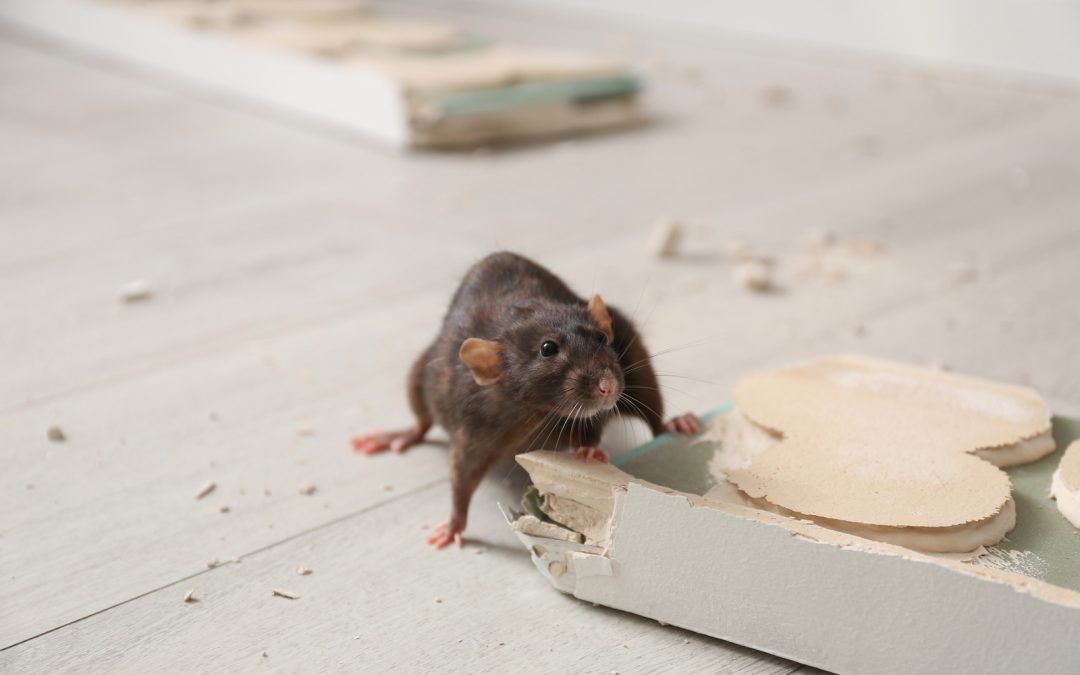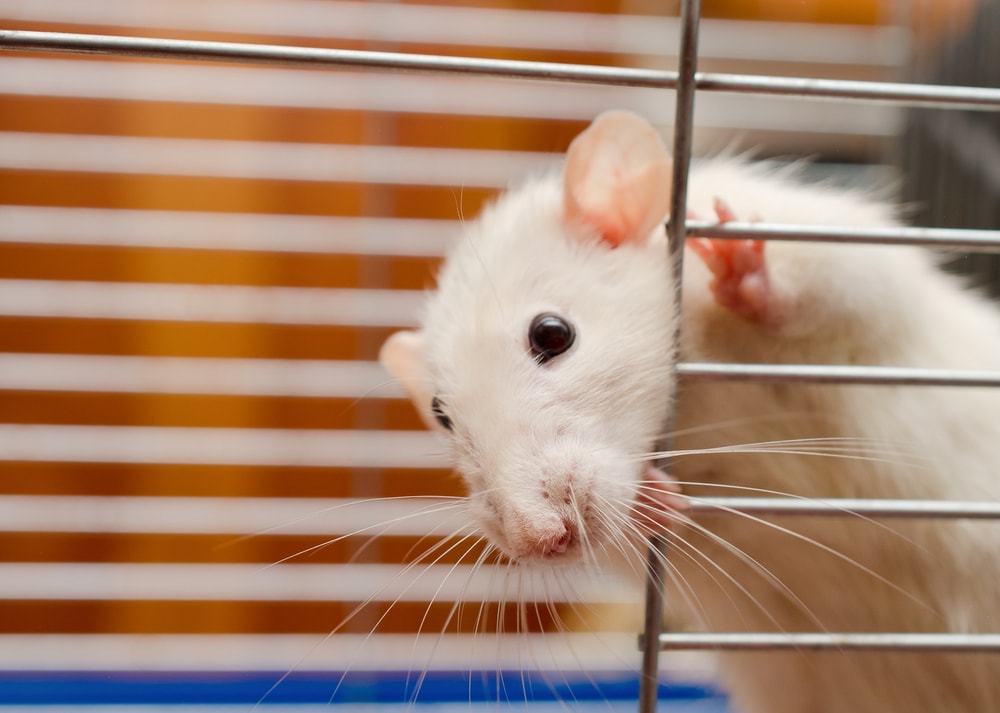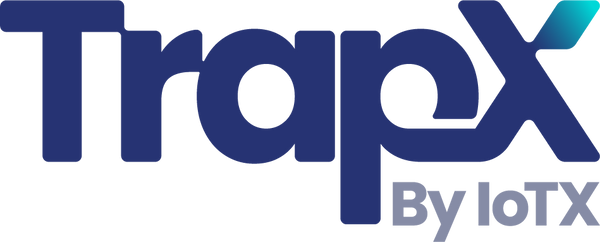Commercial Pest Control with AI: Revolutionizing the Industry
Share
In today's technologically advanced world, every industry is leveraging artificial intelligence to enhance its operations, and commercial pest control is no exception. By integrating AI, businesses can handle pest issues more efficiently, ensuring a cleaner and safer environment. Understanding how AI can revolutionize pest management is crucial for any business aiming to maintain a pest-free premise.

Why Use AI in Commercial Pest Control?
One of the primary reasons for employing AI in pest control is its ability to predict and prevent infestations before they become widespread. AI systems equipped with sensors and cameras can monitor commercial properties 24/7, identifying pest activities and recording their movements to build a data-driven pest control strategy. By doing so, companies not only protect their property but also align with health regulations and ensure customer satisfaction.
The Technology Behind AI Pest Control
AI-powered pest control involves using smart traps, cameras, and data analysis software to detect and manage pest populations. These systems can automatically capture pests and analyze data to identify patterns and predict future infestations. Smart traps, for example, are equipped with sensors that detect pest presence, ensuring that the control measures are immediately activated. This technology minimizes human error and allows for real-time strategies, keeping your commercial space free from pests.
Benefits of Commercial Pest Control with AI
The integration of AI in pest management offers several notable benefits. First, it provides a proactive approach to pest control. With real-time data monitoring and analysis, businesses can address potential issues before they escalate. Second, it reduces the reliance on harmful chemicals by accurately targeting problem areas, which is not only eco-friendly but also safer for employees and customers. Lastly, automation reduces labor costs and increases efficiency, making pest control management more reliable and effective.
AI and Its Impact on Different Commercial Sectors
AI technology is particularly beneficial in sectors like food production, warehousing, and hospitality, where pest invasions can have severe implications. In industries like warehousing, AI systems can be used to track rodents efficiently, reducing damage and contamination. According to a blog on rodent tracking for warehouses, AI solutions can significantly lower the chances of pest damage and provide insights that aid long-term planning.
Real-Life Examples
Businesses like restaurants and cafes are already benefiting from AI-enabled pest control systems. In fast food outlets, for instance, smart traps are employed to maintain hygiene standards, reducing the risk associated with pest infestations. This not only saves money in potential damages and fines but also boosts the establishment's reputation as a safe place to dine.
Challenges in Implementing AI in Pest Control
Despite its many advantages, incorporating AI in pest control is not without challenges. High initial setup costs, the need for continuous maintenance, and ensuring accurate data collection are potential hurdles. However, the long-term benefits and cost efficiencies often outweigh these initial challenges.
The Future of AI in Pest Control
As AI technology continues to evolve, its application in commercial pest control is likely to become more sophisticated, with enhanced capabilities to predict and manage even the most challenging pest issues. This evolution will empower businesses to safeguard their premises efficiently, adhering to stringent health and safety regulations without compromising on cost or efficacy.
For more insights on pest control advancements, check out this comprehensive guide on warehouse pest management.

Conclusion
The integration of AI in commercial pest control marks a significant advancement in how we manage pest populations. It provides a proactive, efficient, and eco-friendly approach that addresses the emerging challenges of pest management in commercial settings. As technology continues to expand its reach, the future of pest control promises to be more sophisticated, effective, and integral to maintaining safe and healthy business environments.
Related Resources
For further information, you might want to read about AI-powered rodent detection for cafes or explore details on pest control for dark kitchens.
FAQs
1. How does AI identify pests?
AI uses sensors and cameras to detect movement and categorize it based on known pest patterns. This allows for real-time detection and response.
2. Is AI cost-effective for small businesses?
While the initial installation might be costly, the long-term savings on damage and manual labor can make AI systems cost-effective even for small businesses over time.
3. Can AI completely eliminate the need for human intervention?
No, AI acts as a support tool, helping to reduce the need for human intervention but not eliminating it. Regular maintenance and oversight by pest control professionals are still necessary.
This article contains affiliate links. We may earn a commission at no extra cost to you.
